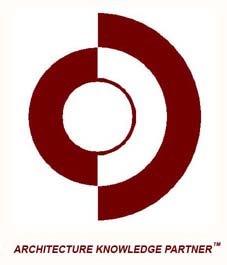
“We are here to put a dent in the universe. Otherwise why else even we be here?” – Steve Jobs
Innovation differs from Invention in that innovation refers to the use of a new idea or method, whereas invention refers more directly to the creation of the idea or method itself. We can all be innovators in our present realm of business. All entrepreneurs and business owners are innovators to some degree. But, those who truly make “a dent in the universe” are the ones for whom Innovation is way of life.
Innovation can be anything, from creating a new product or system to challenging the status quo. In business and economics, innovation is the catalyst to growth. It is the fodder for both start-ups and established businesses, which strive to satisfy the consumer base by constantly improving quality, durability and service by using advance technologies and strategies.

So this New Year my resolution is to constantly innovate and challenge the status quo – to lead the pack from the front.
Have a PRODUCTIVE & INNOVATIVE 2012 !!!
Image Source: http://en.wikipedia.org/wiki/File:InnovationLifeCycle.jpg


